- Home
- slideshows
- miscellaneous
- 13 famous companies that started out as side hustles
13 famous companies that started out as side hustles
Before Apple became a massive tech company, it was a side project for its two co-founders.

Facebook started as a dorm room side project for its founders.
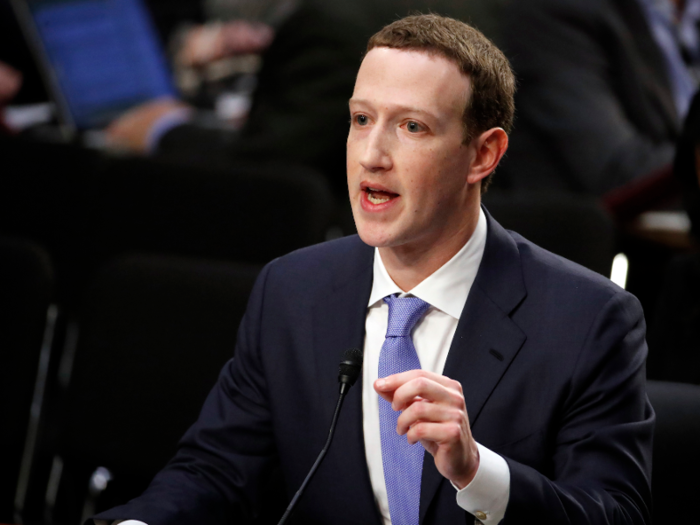
In 2003, Harvard freshman Mark Zuckerberg created Facemash, which allowed students to judge other students based on attractiveness. Although the site was taken down in two days, it inspired Zuckerberg and his friends — Eduardo Saverin, Dustin Moskovitz, and Chris Hughes — to create a social networking site called The Facebook in 2004. Students could log into the site using their Harvard.edu email, and eventually, it expanded to colleges all over the country. Quickly, the passion project turned into a thriving tech business as Facebook expanded outside of college life.
Today, Facebook is considered one of the largest social media platforms with 1.59 billion daily active users.
Instagram was a side project for its founder before it became a popular social media platform.

In 2009, Instagram co-founder Kevin Systrom was working at Nextstop.com as a product manager. When he wasn't at his day job, he was teaching himself how to code during the night and weekends. He eventually built Burbn, which was a mobile check-in app, similar to FourSquare but more picture-based.
Systrom quit his day job and eventually raised $500,000, leading him to hire his co-founder Mike Krieger. In 2010, the pair officially launched Instagram and had 100,000 users in the first week. In 2012, Facebook bought the company for $1 billion. Today, there are 500 million Instagram users.
Spanx's founder was a saleswoman before creating her shapewear company.
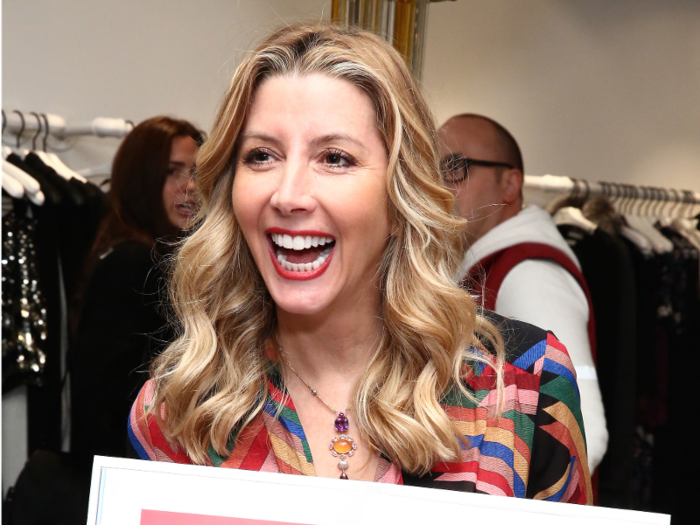
In the late '90s, Sara Blakely was going door-to-door trying to sell fax machines for Danka, an office supply company. When she was getting dressed to go out one night, she decided to cut the feet out of her pantyhose. The results inspired Blakely to turn this intuitive design into a business.
After working her day job, she would spend nights writing her own patent and researching manufacturers. Once she finally landed a hosiery manufacturer, she worked on building a prototype on the nights and weekends. In 2000, Spanx, a woman shape-wear company, was born.
In 2012, Blakely was named the youngest female self-made billionaire, and today, she is worth $1.1 billion.
Twitter started as a side project at a very different company.
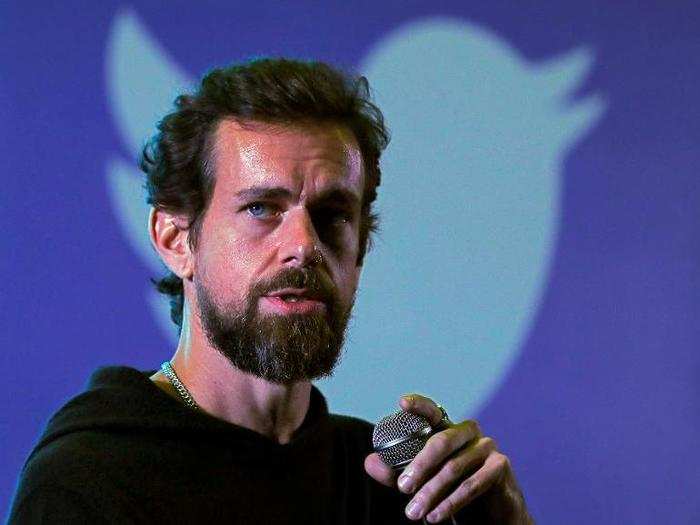
In 2005, Jack Dorsey started a programming job at Odeo, a platform for podcasts. A year later, the company faltered after Apple allowed podcasts on iTunes. In response, Odeo CEO Evan Williams hosted a hackathon, in which Dorsey created twittr — a site where people could update AIM-like statuses in real-time. Dorsey continued to work on twittr as a side project at Odeo until it was officially launched in July 2006 and renamed Twitter. The following year, it became its own company and Dorsey was named CEO.
Today, Twitter has become one of the most popular social media platforms with 126 million daily active users.
Craigslist started as a curated email that the founder used to send to his friends.
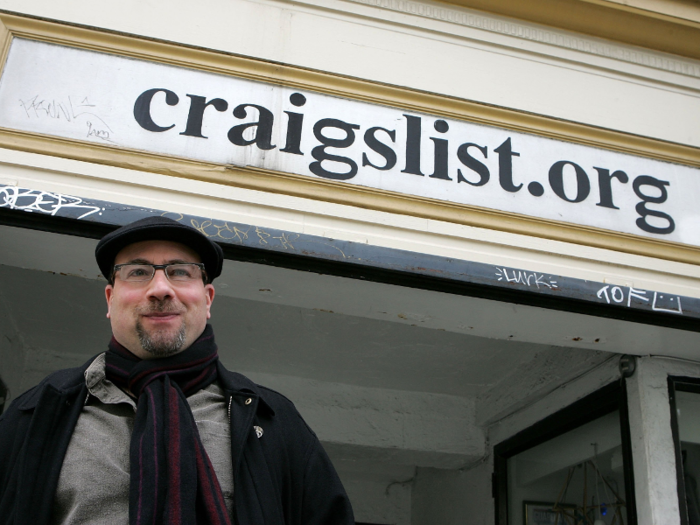
In 1995, Craig Newmark sent out an email to his friends, highlighting interesting events around San Francisco. The initial email was sent to 10 to 12 people, but eventually, it spread by word of mouth. The email list started to grow quickly, as Newmark transitioned to a list server and larger website. In 1999, Newmark quit his day job as a programmer and turned Craigslist into a company.
Craigslist expanded to 700 cities and 70 countries all over the world as the website itself remained simple and under-designed.
The founder of WeWork was making baby wear when he created the office space company.
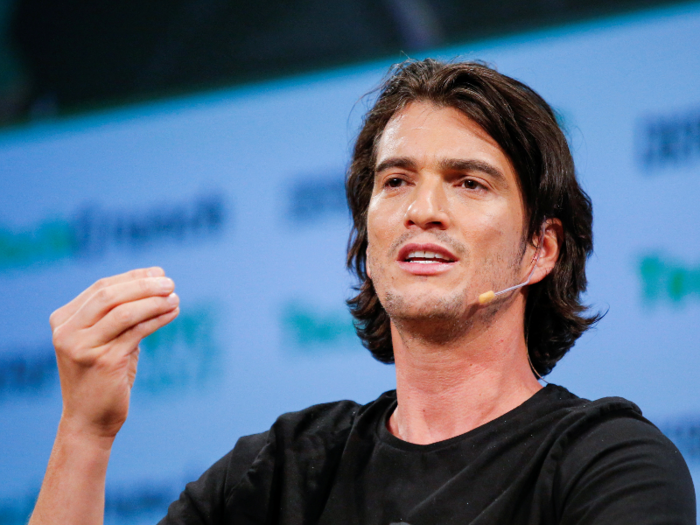
Adam Neumann was running Krawlers, a baby clothing company, in Brooklyn when he was looking for ways to make extra cash. Architect Miguel McKelvey worked in the building that Krawlers operated out of, and the two men noticed there were several vacant office spaces in the building. The pair started Green Desk in 2008, which rented out office spaces in that building. They sold that company to the landlord and eventually opened WeWork in 2011 in New York City.
Today, WeWork has 30,000 clients and plans to operate 100 coworking spaces in New York, Miami, Chicago, Seattle, Los Angeles, Sydney, Melbourne, and Prague, Shanghai and more.
Under Armour's founder was a college football player when he first developed the company.
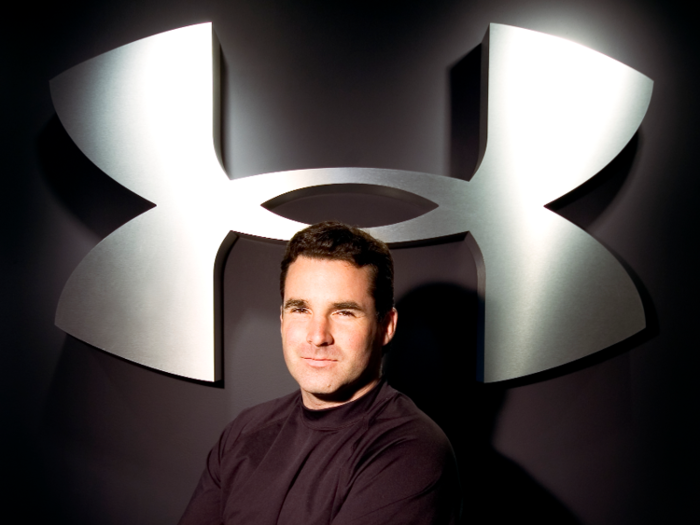
Kevin Plank was a college football player at the University of Maryland in the '90s. During that time, he said he was fed up with how his cotton shirts stuck to his body when he sweated on the field. He started a side project to develop a shirt that would not soak up the sweat. In 1996, he had his prototype, which used a synthetic base layer. When he graduated college, his side hustle became a business, known as Under Armour, which operated out of his grandmother's basement. Plank found success by sending his products directly to players in the NFL.
Today, Under Armour is one of the leading companies in sportswear, with its sales reaching $5.2 billion in 2018.
Yankee Candle was once a teenager's side hustle.
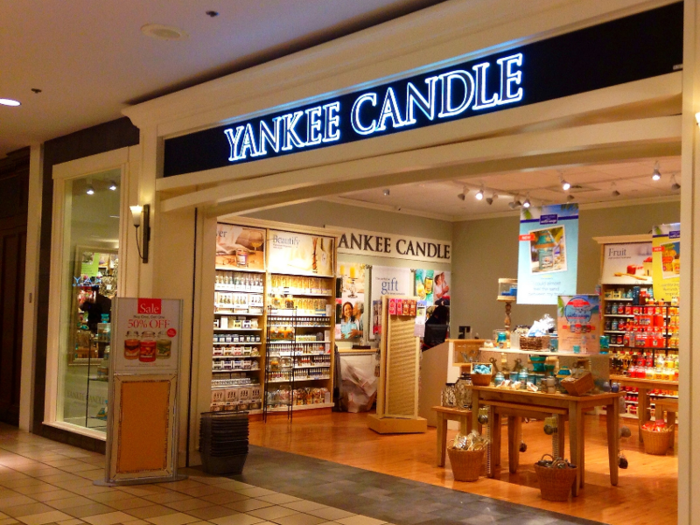
In 1969, 16-year-old Mike Kittredge made a candle out of crayons as a gift for his mom. A neighbor saw the candle and asked Kittredge to make her one for $2. Eventually, Kittredge turned it into a side hustle, operating out of his parent's garage and basement. In 1973, Yankee Candle moved into an old paper mill in Massachusetts and sold the company in 1998 for $500 million.
Today, Yankee Candle has 500 stores with over 19,000 retailers selling Yankee Candle products, according to Boston.com.
TheSkimm started as a passion project for its co-founders.
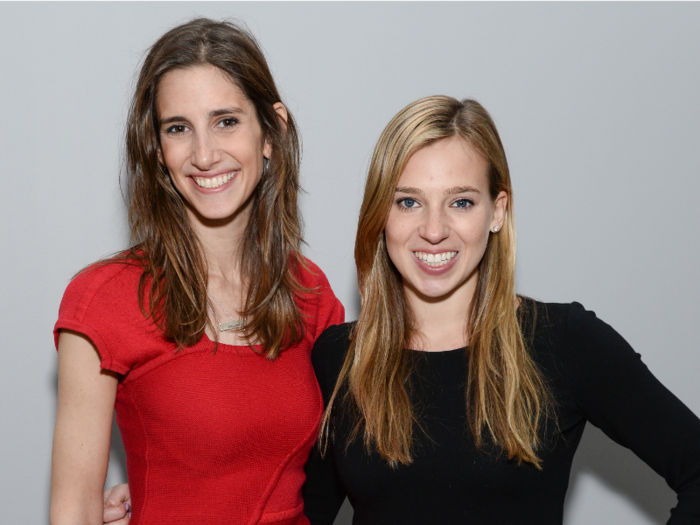
In 2012, Carly Zakin and Danielle Weisberg were working at NBC as associate producers, and they were self-described news junkies. They quickly realized that they wanted to do more in the news industry than their jobs were allowing, so they started a passion project, where they would send a curated news list straight to people's email boxes.
They quit their jobs and focused on this project full time, even though no one was investing. They had $4,000 between them and quickly slipped into credit card debt. But everything was about to change after they released their first email and theSkimm was born.
Today, theSkimm has seven million subscribers, which include Hillary Clinton and Oprah.
Before the virtual reality company, OculusVR was a famous business, it was a side project for its founder.
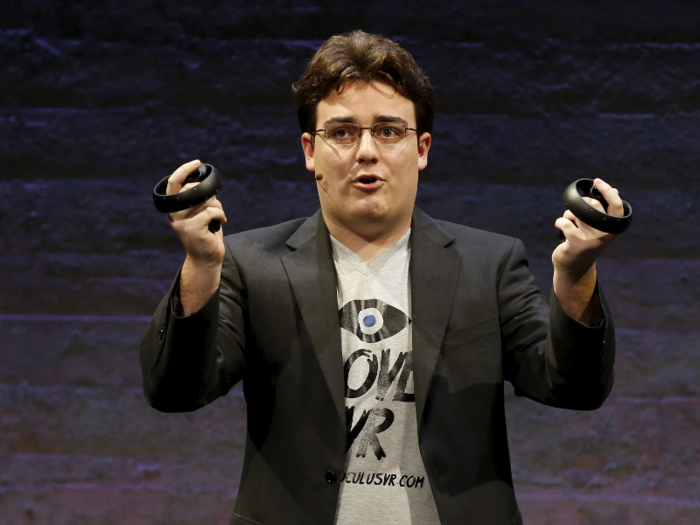
In 2011, Palmer Luckey attended Cal State Long Beach to study journalism, and he was an engineer at USC's Mixed Reality Lab. At the same time, Luckey was developing state-of-the-art virtual reality glasses in his garage that would make waves in the tech industry. In 2012, Luckey dropped out of college and focused on his side project full-time. He named his company OculusVR. The company went on to raise $2.5 million on Kickstarter. In 2014, Facebook bought the company for $2 billion.
Today, Luckey has left the company to work on a new business, but Facebook is expected to sell 1 million headsets in 2019.
Imgur's co-founder was a student when he created the photo-sharing site.
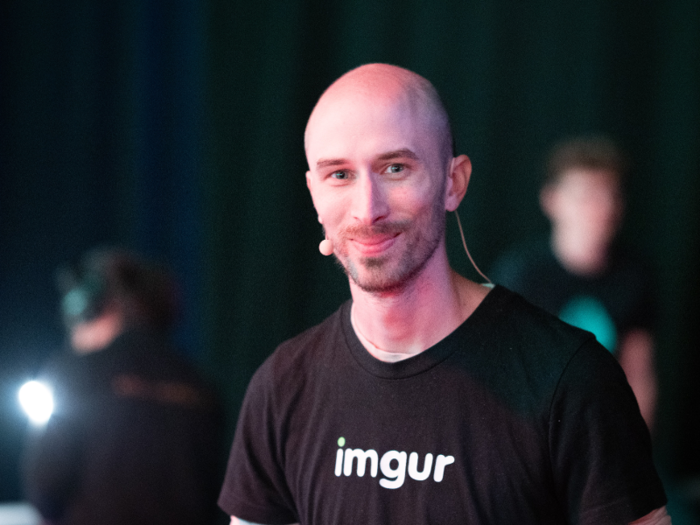
In 2009, Alan Schaaf was a student at Ohio University when he set out to build an image uploader that would rival PhotoBucket. The side project took Schaaf two weeks to build and uploaded it to Reddit. The website was named Imgur. In its first year, the site had half a million page views each month. In 2011, Schaaf moved his business to San Francisco and officially became a company.
Today, Imgur has 150 million monthly active users and a thriving internet community, according to Fast Company.
The Khan Academy founder was working at a hedge fund when he started an education business.
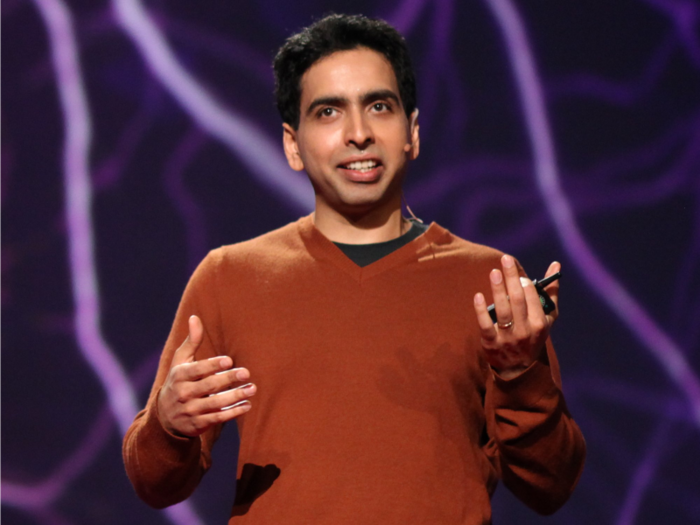
After his day job at a hedge fund, Sal Khan tutored his cousin through Yahoo Doodle and over the phone in 2004. Soon, he started tutoring more family members online, and his schedule quickly became too hectic. Instead, he recorded videos of himself teaching lessons and uploaded them to YouTube. In 2008, Khan Academy was officially born but he only worked on it in his spare time. It wasn't until 2009 when Khan quit his day job and worked on Khan Academy full time.
The company went on to receive a $2 million grant from Google and a $1.5 million grant from the Bill and Melinda Gates Foundation.
Popular Right Now
Popular Keywords
Advertisement